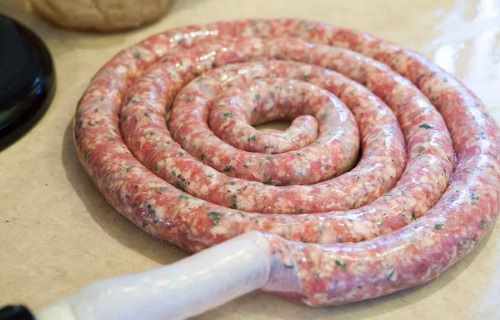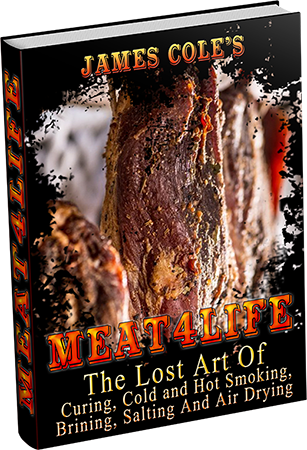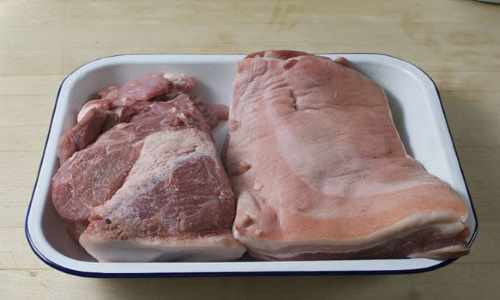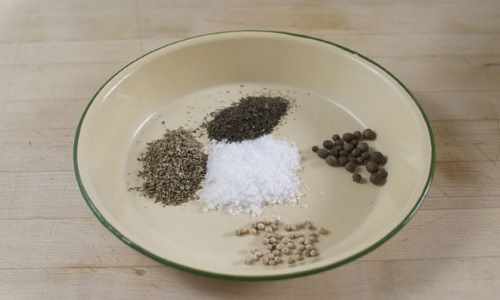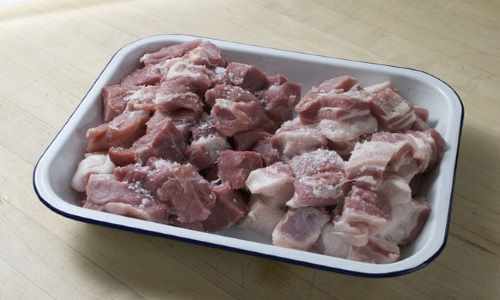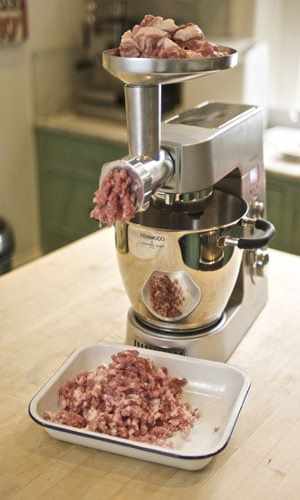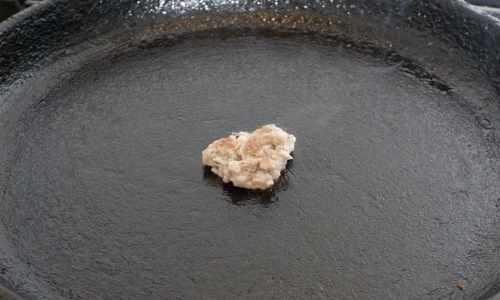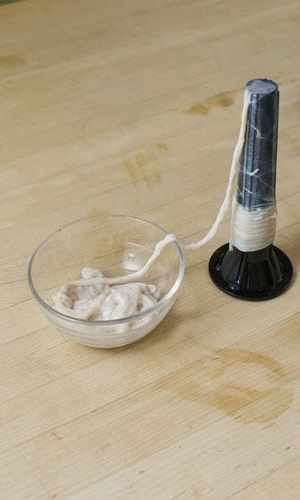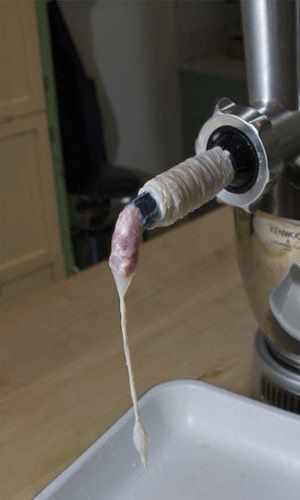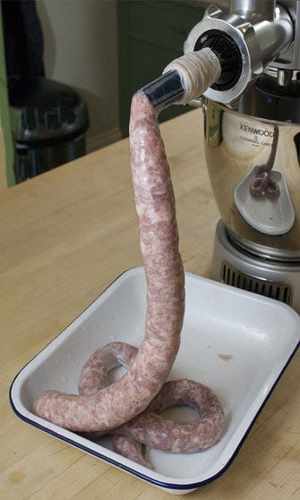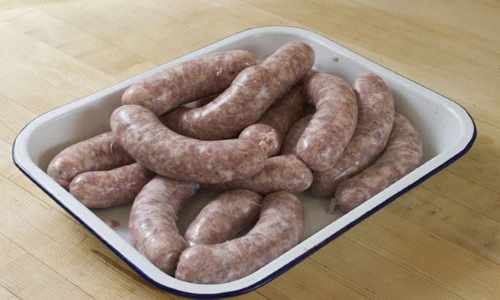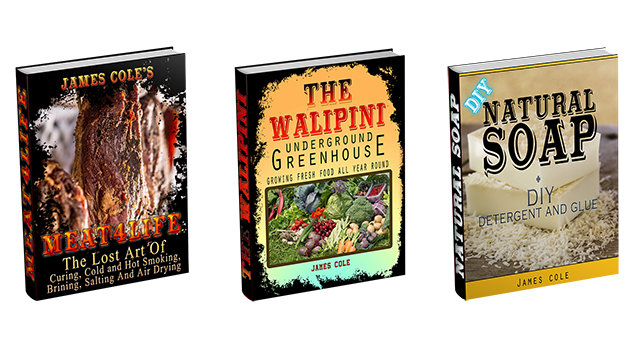Sausage History
Sausage making is pretty much as old as the hills. The word itself is derived from the Latin salsus meaning “seasoned with salt” so that puts us at least 2000 years ago.
Just as the smoking of meats came about as a method of preservation, the same can be said for applying salt to meat. When animals were slaughtered and the meat salted for preservation it was found that the cleaned out intestines, bladder and stomachs of the animal made excellent containers. No doubt it’s this same evolution of discovery that led to Haggis.
Far from being Scottish however it is believed that the first sausage makers were Sumarians living in what is now called Iraq sometime around 3000BC. That said the first historical documentation of sausage comes around 500BC in China and also in ancient Greece.
From there it’s been a steady evolution to what we see today. Sausage making in hot dry climates has given us dry cured sausage and salamis and all over the world sausage is made and prized for varieties using local seasonings.
There are few foods that reward a bit of care and attention quite as well as the simple banger. A poorly made supermarket sausage can be an awful thing; recycling the worst waste meats and packed with fillers, fluids and modifiers enough to choke a goat. Yet a properly made artisanal sausage from an honest butcher calls forth hymns of praise from the lucky consumer. What too few of us seem to realise is how little effort it can take to go one better and actually make our own sausages, controlling quality and flavours and producing something immeasurably more transcendent than the dispiriting slurry-packed condom in the polystyrene tray on the chiller shelf.
Many are put off by the simple process – laid out for your convenience here – by worries about materials or equipment but this needn’t be a problem.
Sausages require no more than pork, seasonings, casings and a mincer. Let’s deal with the biggest of those first. It’s possible to buy hand-operated mincers which not only chop the meat but also, with the blade removed pack it into the skin for you. These are reasonably successful but producing a single kilo of sausage will leave you with a hypertrophic forearm like a fiddler crab on steroids. Far better to search the houses of friends and relatives and seek out the individual with the biggest kitchen mixer. The best can be fitted with a mincer so it’s worth clubbing together with friends to buy the attachment for the rare occasions it will be used. I borrowed a new Kenwood Chef for the demo and watched it cheerfully shift to low gear and satisfyingly reduce a small pig to paste.
Sausages skins are called ‘casings’ and come in two types. Collagen casings are made from reconstituted meat products and extruded into a long, regular tube. They are great for things like Frankfurters but for a real sausage you need to go straight for the guts – traditional ‘natural’ casings are scrubbed, cleaned lengths of animal intestine. I order mine from sausagemaking.org who send them by post. Trust me, there are few more satisfying sounds to the epicure than that of 40 metres of pig gut landing on your doormat.
With mincer and casings procured, the rest, as you’ll see from the pictures, is as simple as pumping pork into a pipe. You can vary your sausages with all manner of flavourings: add a little white wine, diced bacon, garlic, rosemary and thyme for a Toulouse; garlic, crushed fennel seed and a shot of red wine for authentic tasting Italian salsicci; add smoked paprika for a reasonable facsimile of chorizo or even swap pork for lamb, add a hefty dollop of harissa and create your own merguez. The world, to coin a phrase, is your sausage.
One last thought. Once you’ve invested time, effort and, let’s face it, a few smutty giggles, into making your own sausages, it’s worth going to the effort of cooking them properly. Don’t, whatever you do, chuck them in a hot pan and prick them with a fork – the sausage skin does an admirable job of keeping all the lovely juices in and the nasty frying fat out so just trust that the insides are going to braise in their own loveliness. If you’re worried about the fat content go suck a carrot.
The truly ideal way to cook a sausage is to poach it slowly sunk to its hips in a bath of olive oil but, failing that, massage each individually with oil first then slide them into an oiled pan and keep them rolling, on a low heat, for as long and as continuously as possible.
Trust me, even 25 minutes of gently rolling them back and forth, jostling their plumply greased little bodies against each other is not too long. As the skins change to a light tan, then begin to caramelise as the Maillard reaction takes place, you’ll find yourself shifting into the perfect meditative state to honour your sausage.
Homemade Sausage
1 lb. Lean hamburger (or pork, if you prefer)
1 ¼ tsp. salt
1 tsp. ground sage
½ tsp. black pepper
1/8 tsp. ground cloves
Mix together, preferably the night before so that the flavors are more developed. I fry these little patties of yummy sausage on a medium low heat. Because I use leaner meat, I cook it slower so that it doesn’t get too tough. If you use a fattier meat, like ground pork, you won’t have that problem (but it isn’t as healthy that way).
A Quality Sausage Doesn’t Need Expensive Meat
Now’s the time to get a few things off my chest and cut through the marketing drivel that you see from sausage makers.
“We only use the prime cuts of meat” – The fundamental reason for the sausage was to use up the remains of the carcass so that there was no waste following slaughter. Moreover, you are grinding up the meat so selecting the more tender cuts of the animal is irrelevant.
- Pork – Shoulder, belly and head trim are fine
- Beef – Chuck or Flank
- Lamb – Neck fillet, mutton
- Chicken – Leg including the skin
“Made From The Finest Rare Breed Pigs” – Now I’m not going to deny that rare breed pork is succulent, tender and with a better defined fat marble in the meat and that’s fine and dandy if you’re eating a pork chop or steak…but this is sausage. We’re adding seasoning for flavour and we’re controlling the the meat / fat ratio ourselves. Rare bread pigs are more expensive to rear (that’s why they are rare) there’s no need to use them for making homemade sausage.
Fat
Sausage needs a fat content so get over it. Fat plays an important part in the science of both making and cooking sausage, fat is important for the flavour, fat is important for the juiciness. If you want a sausage with half the fat of a regular sausage, just eat half the quantity.
Yes I will give you some low fat sausage recipes but in my book they are still the poor relation to a good quality homemade sausage.
That said, making homemade sausage gives you the choice over what fat to use. For example, if making sausage using poultry you might want to add pork fat because it has a higher melting point than poultry fat which is important when it comes to cooking. Likewise game fat isn’t to everyone’s taste and there is precious little of it on game meat anyway so the addition of pork fat is advisable.
Here’s just a glimpse of what you’ll find inside Meat 4Life:
You’ll discover the ancient meat preservation method that will make your mouth water. Enjoying the delicious sweet-smoky taste of beef, pork, or link sausages for months to come… without ANY refrigeration, chemicals, preservatives, or additives!
And you can prepare everything in your back-yard (or balcony) in one afternoon– I promise it will be more relaxing than taking the day off to go fishing.
You’ll also learn how to get rid of the toxic canned food from the supermarket… and preserve your own healthy & delicious vegetables and fruits. All you need is Granddad Bob’s secret canning trick to instantly kill bacteria and parasites…
… and eliminate ANY toxic preservatives so you can keep your food in perfect condition for a full year, with all nutrients and vitamins intact.
Seasoning
Making homemade sausage and not using your own seasoning recipes would be a travesty in my book.
Making your own seasoning is rewarding because you can eliminate all the nasties that are put into commercial sausage seasonings:
- Carmine – a pink colouring that gives the impression of a higher meat content
- Maltodextrin – a binding agent that gives that rubbery texture to many sausages. (Coeliacs should take care because maltodextrin can be derived from wheat or barley)
- Stabiliser (E451) – these phosphate salts help emulsify fat and also aids water retention therefore making the sausage heavier and more profitable. It also dilutes the flavour so not relevant when making homemade sausage
- Flavour enhancer (E621) – Monosodium glutamate, it’s only needed because of the amount of water added above
- Antioxidants E304i & E307 – added to extend the shelf life of the product
- Preservative (E221)
All the seasonings recipes that I have developed contain no preservative of colouring so there are a couple of points to note:
- A shop bought sausage will typically have a shelf life date 5 days hence because it contains preservative. If you’re making homemade sausage without preservative then use the freshest of meat (and fat) and consume within 3 days or freeze
- The lack of colouring will mean that your sausage will start to turn grey after a couple of days in the refrigerator, this is natural and nothing to worry about.
Finally always use fresh fat, old fat will look OK and will be safe to put in your sausage but it will give the sausage a bitter after-taste.
If you’re an old hand at this game, what’s your favourite sausage recipe?
Books can be your best pre-collapse investment.
Easy Cellar(Info about building and managing your root cellar, plus printable plans. The book on building and using root cellars – The Complete Root Cellar Book.)
The Lost Ways (Learn the long forgotten secrets that helped our forefathers survive famines,wars,economic crisis and anything else life threw at them)
LOST WAYS 2 ( Word of the day: Prepare! And do it the old fashion way, like our fore-fathers did it and succeed long before us, because what lies ahead of us will require all the help we can get. Watch this video and learn the 3 skills that ensured our ancestors survival in hard times of famine and war.)

